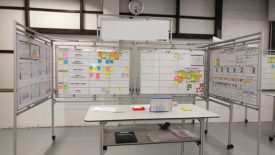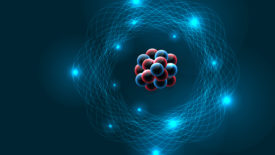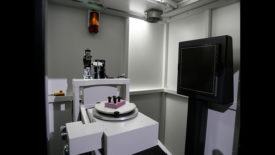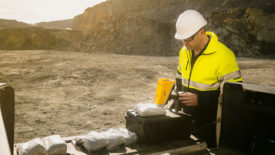Featured on Home Page
Management
Creating an Obeya room is akin to creating a command center that draws together leaders from across departments.
Read More
NDT | X-ray CT
High Speed X-ray Computed Tomography for Quality Control
Advances in X-ray computed tomography enable rapid nondestructive, 3-dimensional inspection of die casted and molded parts.
May 20, 2024
NDT | Standards
Best Practices for AS9100 Certification in the Aerospace Industry
If you are a quality management professional or part of an organization in the aerospace and defense industry, seeking AS9100 certification can be critical to your success.
May 18, 2024
NDT | Standards
Integrating SHE Requirements into ISO 9001:2015 and AS9100D Systems
Learn more
May 18, 2024
NDT | Neutron CT
Neutron Computed Tomography Offers Unique Inspection Capabilities
Unlike standard x-ray computed tomography, neutron CT offers unique capabilities for inspections that cannot be effectively performed using traditional methods.
May 16, 2024
NDT | Back2Basics
Advancements in Ultrasonic Testing: Unveiling the Tidal Force of Plane Wave Imaging on Nondestructive Testing Techniques
Plane wave imaging represents a groundbreaking approach within the realm of phased array ultrasonic testing.
May 16, 2024
NDT | Computed Tomography
Revolutionizing Manufacturing: The Growing Trends of Industrial CT Scanning
The adoption of industrial CT scanning has transformed product development, manufacturing, and delivery cycles across various industries.
May 15, 2024
NDT | XRF
From Lab to Line: Evolution of XRF in Manufacturing Quality Assurance and Control
The versatility of XRF technology extends across a wide range of industries, including automotive, aerospace, electronics, pharmaceuticals, and more.
May 15, 2024
ASNT Column
Unlocking the Possibilities of NDE 4.0
Misconception about artificial intelligence and machine learning in nondestructive evaluation.
May 14, 2024
Management
Bridging the Gender Gap: Solving the Skilled Labor Shortage
We must highlight the women already leading the charge and the exciting opportunities available, from 3D metrology to data analytics.
May 10, 2024
Stay in the know with Quality’s comprehensive coverage of
the manufacturing and metrology industries.
eNewsletter | Website | eMagazine
JOIN TODAY!Copyright ©2024. All Rights Reserved BNP Media.
Design, CMS, Hosting & Web Development :: ePublishing











